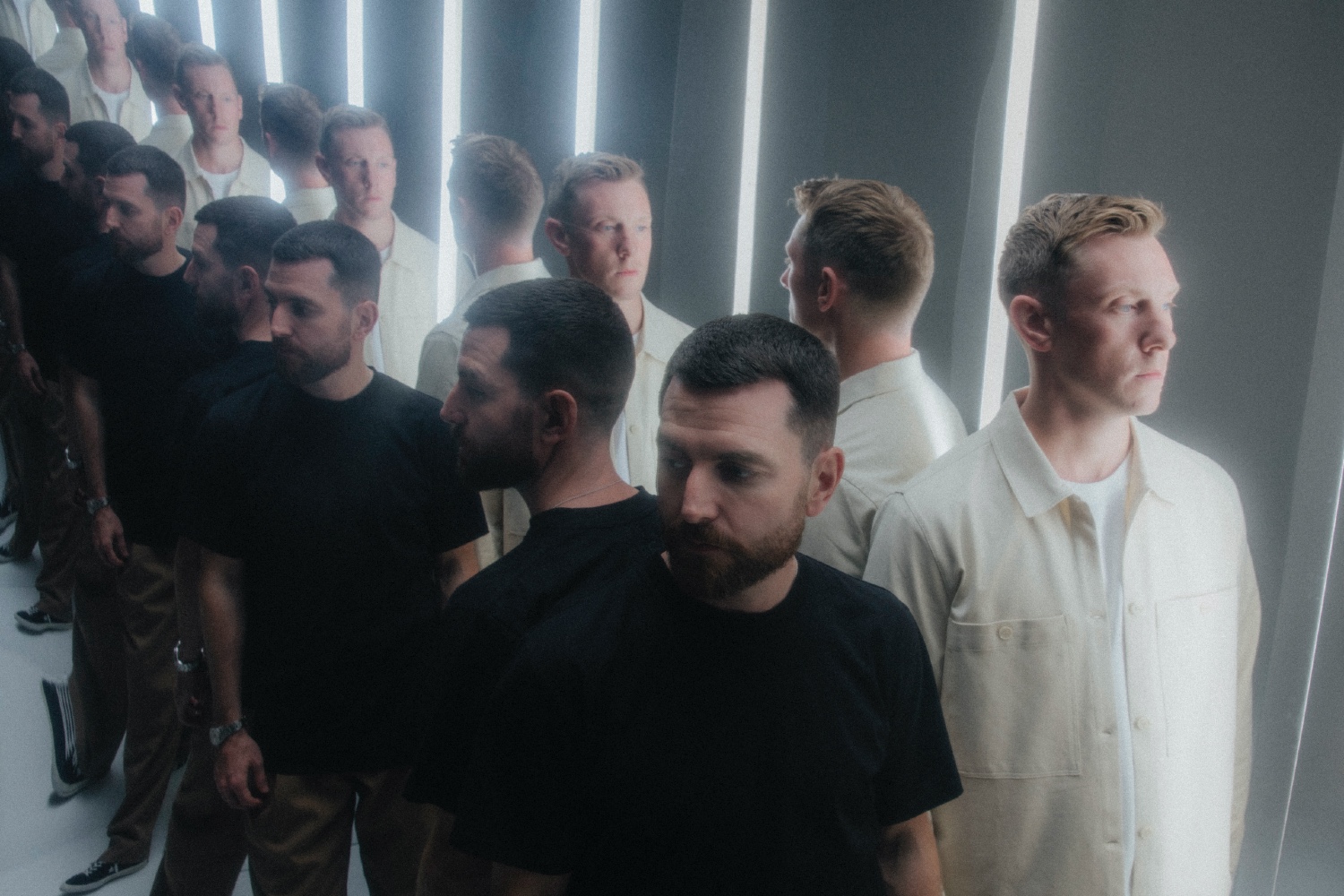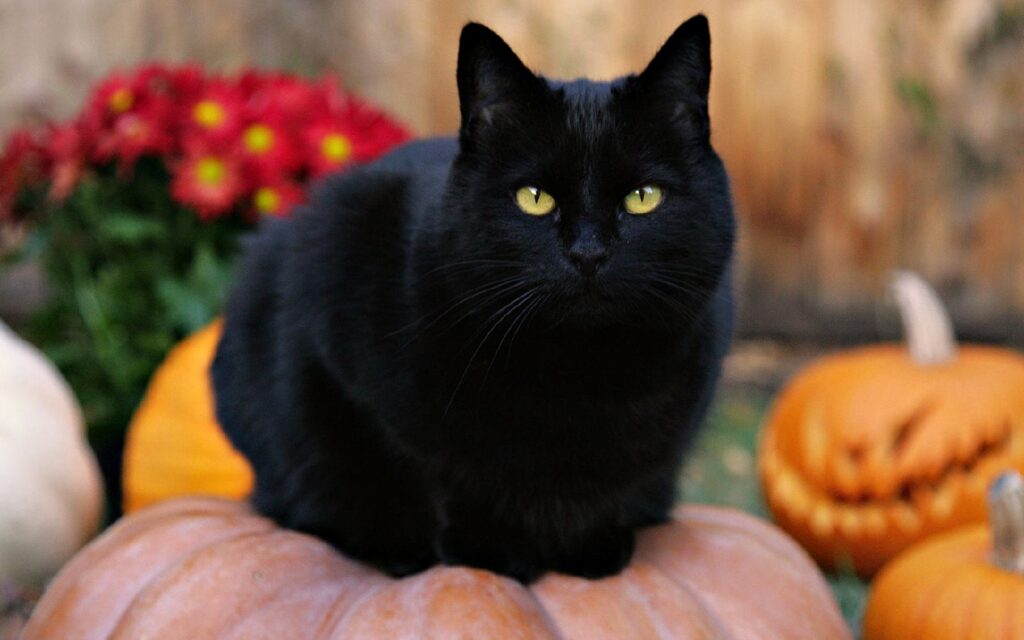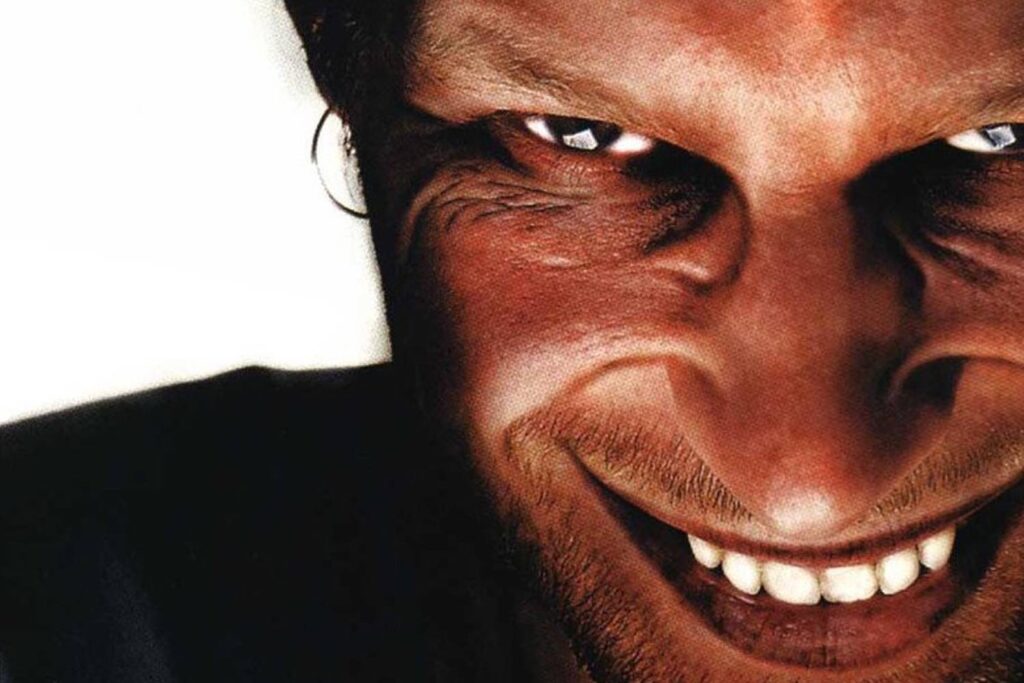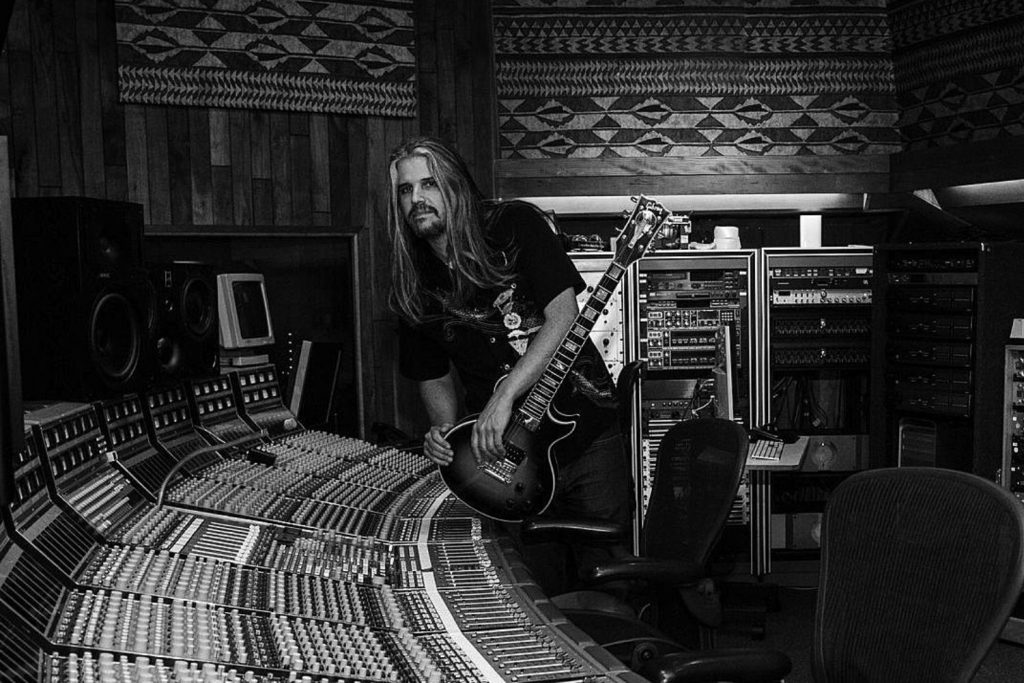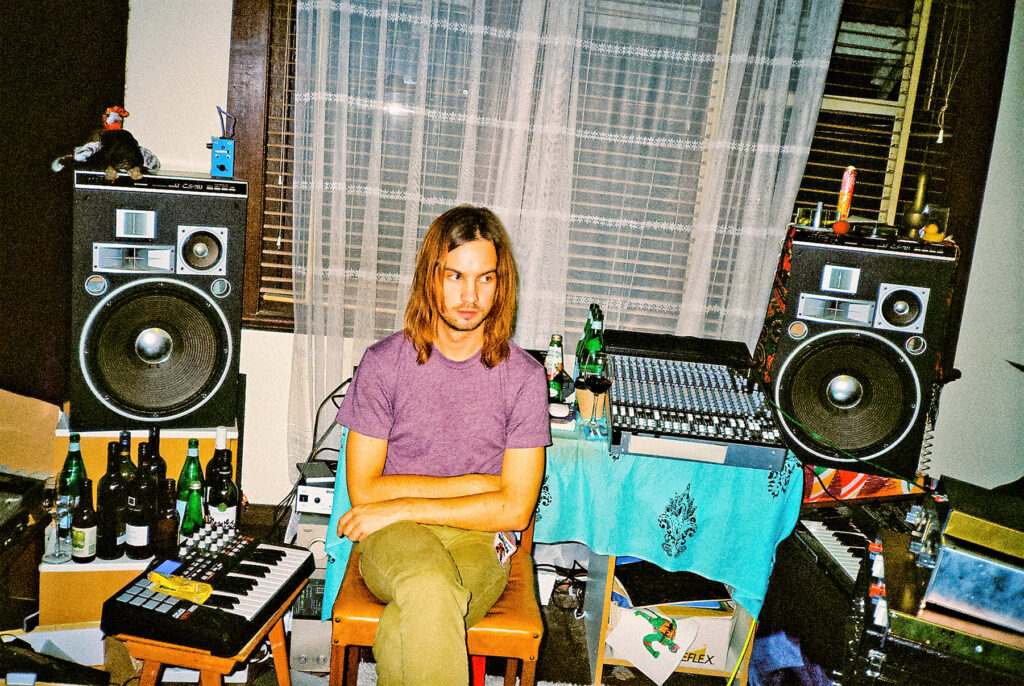We chat with the North Ireland electronic duo from the confines of their lockdown in London.
There’s no musical movement that prides itself more for having its finger on the pulse than the dance community. Perhaps due to their medium’s symbiotic relationship with the always-on digital world, electronic producers and DJs are forever digging deep to add to their toolbox of tricks, flipping through obscure samples and fervently patching synth modules to find the track that’ll ignite any dancefloor into a sweaty mess of heads and bodies.
At this stage in their career, Bicep have perfected this process to a science. The Belfast-born dance duo, comprised of Andy Ferguson and Matt McBriar, have possessed an uncanny knack for serving up bangers ever since the heyday of their party blog Feel My Bicep in the early 2010s, where the pair would treat fellow dance music obsessives to their own bootlegs of long-lost disco, Detroit Techno and Chicago House curios.
As tales of the pair’s tastes circulated further around the internet and the duo began to assert themselves as staples on the European DJ circuit, Bicep soon found themselves celebrated as one of the biggest electronic buzz acts to rise from the blog era.
By 2017, the duo had signed to Ninja Tune and released their self-titled studio debut to considerable acclaim, with tracks like ‘Opal’ and the certified big-tent anthem of ‘Glue’ serving to solidify their status as one of the most exciting electronic groups of the decade – a title reinforced even further by the pair’s relentless touring of their captivating live show.
More than three years on amid the gloom of the COVID-19 pandemic, Ferguson and McBriar would signal the return of Bicep with the news of Isles – their second full-length album, out around the world today. It’s a record that maintains the consistent songwriting and structures of 2017’s Bicep, yet sees the duo greatly expand their prowess as electronic producers, toying with new timbres and fleshing out their palate further beyond the Korg and Roland classics that defined their earlier works.
A month out from the release of Isles, we caught up with the duo straight after they’d finished recording their upcoming February album launch live-stream for an insight into the making of their new album, as well as their seemingly infinite collection of gear, their approach to songwriting and sampling, and the eternal joys of the Roland SH-101.
Hey guys! How are you both doing?
MATT: Pretty knackered. We recorded another livestream yesterday, so it’s a lot of work to get that done. To do all the visuals and stuff, we’ve got to record the actual performance first, and then it takes two months to do all the visuals.
How much do you guys have to rehearse for sets like that?
MATT: This one was about two months of writing and rehearsing. Normally, we’d just rehearse in front of crowds – we’re used to doing three shows each weekend – but obviously because we’ve been doing no touring, it’s been kind of weird to play. It’s not ideal to be doing streams. I really can’t wait to get back to proper touring.
I bet. How did you guys keep busy over the year without any touring?
ANDY: 2020 was actually surprisingly busy for both of us – probably much more so than we expected really. Everyone else seems to be quite chill, but we’ve been busier than ever really.
We started working on our first live-stream pretty much as soon as we finished the album, so it’s been non-stop work really. We had a couple of months off when the initial lockdown happened here, but after that it’s just been full steam ahead really.
We didn’t really know when we were going to release the album, and obviously with all the COVID stuff it got knocked back a little bit, but on the bright side, it meant that we could just focus all our energy into the live show and doing so many different versions of it.
MATT: It’s been kind of good in some ways. When we took a few months off because the first lockdown, we couldn’t go into the studio or anything, and it was funny to see how rusty we’d gotten after two or three months of just not being in the studio every day, so it took us a while to get back into it. Then we’ve been busy pulling out all the all the live gear and working on loads of re-edits and remixes for the show. For the most part, we’ve stayed busy, so it doesn’t feel like we’ve been in hibernation, which is good.
For sure. What did you guys do throughout the lockdown period when you were away from your studio?
MATT: Loads of gardening man. And cooking! There was plenty of day drinking as well…
ANDY: I found it to be a pretty good time to listen to music actually, because when we’re in the studio, we don’t actually listen to tonnes of music – it’s only when we’re really digging deep for shows or DJ sets. It was a good chance to just go through a bunch of old albums I hadn’t listened to in ages, and we had really good weather throughout summer, so it was quite nice just sitting in the garden and listening to music really.
MATT: We normally don’t do a lot of radio, but we’ve done tonnes of radio shows this year, and I think it’s been quite good. It’s definitely been a year of going back to crate-digging, like full scale. Even when we’re in the studio, we’ve been focusing on preparing for the radio shows. It’s a totally different outlet than just doing DJ sets, because the last couple years we’ve just been digging for stuff that we can play out in our sets, but this time, we’ve just been digging for stuff we wanted to play on the radio – any BPM, any genre, we’ve just been playing whatever. It’s kind of like the old blog, really!
Have there been any tunes released over the past year that really stood out as bangers to you guys?
MATT: We’ve been putting everything we’ve been playing on our Spotify playlist, which we update pretty regularly. It’s less of a playlist of big classics or anything than it is just a good steady stream of really solid music. It’s hard to pick a favourite, because we love everything on there, but there’s a bunch of good stuff from really cool new artists that are popping up, like Tom VR and some of those guys.
Sweet. Onto Isles – you guys dropped the first single from the new album all the way back in April, which is ages ago now. Did you have to delay the album over the course of the year?
ANDY: The original release date was meant to be in September. As soon as we released ‘Atlas’, we kind of realised that we needed to rethink things, because a lot of the album rollout was based around our live shows, and if we didn’t have live shows, we really needed to rethink in terms of how well the release strategy would work. You need to have a very different approach to things and need to be a lot more carefully planned, especially when you can’t do things in the physical world, because things in the digital world need a lot of work to make them up to a decent standard.
MATT: It felt a bit unsavoury to even be trying to promote anything over the summer because the news was so intense and raw, so we just decided to hold off with everything. But it was good on one hand, because we actually hadn’t fully finished mixing the album.
ANDY: Normally, you always say you want like four months to tweak things…
MATT: But we actually ended up having six! It’s usually so hectic – no matter how fast you work, it’s always really hectic towards the end of finishing an album. There’s always so much extra work you think you thought you didn’t need to do that you have to do, so it was really nice to just spend our time getting it together properly.
Are there any songs on the record that changed substantially in that kind of period that you had sitting on them?
MATT: Not really, but we did cut some. For the next live stream, we’ve actually done remixes of a lot of the tracks on the album, so even though a lot of the songs on Isles are a bit more like broken beat, we’ve turned a lot of the tracks into techno versions for the live show. Most of the songs ended up having two versions: there’s the older album tracks, and then the club versions, which we’ll probably release later down the line.
That’s what we’ve been working on for the past few months really. We think it’s really fun if you can hear completely new versions when you see someone play live, but it doesn’t spoil the original. We wrote the album with the idea that there was going to be multiple versions of each track, instead of suddenly trying to remix it later down the line.
Have you changed your live setup in the time between the last stream and this one?
ANDY: We’ve just added a couple more pieces to it. You’re always tinkering with it, because there’s always one or two things you want to add. In the studio, we’ve got such a big chain of effects and compressors that we obviously can’t take on the road, and you need to kind of keep it as compact as possible. For this next stream, I’ve brought out my modular stuff, and Matt’s got a couple more guitar pedals as well.
That was something I really dug about your first stream, how you guys had all those Boss stompboxes on deck for compression and treating all the synths.
MATT: It’s sick that you can always rely on those classic pedals. They work well, and they sound great.
ANDY: They’ve got a vibe to them. They definitely are made for guitars, but then when you put synths through them, it gives them a bit of crustiness. They’re probably a bit too dirty for the studio, but it adds a nice gel to the whole live show.
Were there any other new pieces of gear that made it onto this album that weren’t there on the last one?
MATT: Lots. Deckard’s Dream, which we used pretty heavily for strings and stuff, as well as the Mode Machines ADX1, and there was a Jupiter 6 as well. We got the Intellijel Atlantis, which is kind of like a SH-101-style modular thing, and some filters which we used a lot on the drums. You ought to check our studio – we really need to start trimming it down. It’s gotten a bit out of control!
How much of what you’re doing is in the box? Are you guys just onto hardware now?
ANDY: We pretty much only use hardware, but we obviously still mix a bit in the box. We record everything straight in and do a little EQ-ing to clean stuff up inside the box, but we’ve started using hardware compressors a lot more. For this album, we tried to focus on recording stuff pretty wet, and use big effects chains to get it right on the day, which is something we want to move towards so we don’t have to use anything in the box at all.
Fill me in on your writing process. Is it just you guys based around all the machines and going around sequencing things, kind of writing by just jamming on all the hardware?
MATT: Yeah, but we would often sit down with a piano and spend ages just getting a set of chords, and once we’ve got the chords we’ll move across to the gear and start sending it out to stuff. For a lot of the melodies and chords, we’d try and sit down and write that as a musical backbone, and once we’d worked that out, we could write our bass lines around it and stuff.
It does change all the time though. On ‘Atlas’, we did the melody last, which is something we’d normally do first. Each day in the studio is different, but it’s nearly always based on the hardware. There’s two of us, and we’ve found that it’s a lot easier with two people if you’ve got something you can play with hands-on, rather than sort of hunched over a computer, you know?
It was interesting to hear that there was no moments on the album where you guys were obviously using some of that more iconic electronic gear, like a 303 or 808 or even a Korg M1 or something, which was something you used to do often.
MATT: I think we’ve kind of gotten to the stage we’re we’ve exorcised sounds all those old sounds. We were just learning at that stage, and when you’re starting out, you try and mimic sounds to try and get to a good level of knowledge with them. We’ve been lucky enough to buy enough hardware that that’s been quite specific to what we want to do – we’ve been getting a lot of old stuff customised, and have just gotten to that stage where it’s almost like an art.
ANDY: But also, like what you said about the 303 lines, even though we’ve got an M1 and stuff, we would never use it like a normal M1. Same with a Juno – we make sure it goes through at least three pedals to make it not sound like a Juno, if that makes sense. We always try and process stuff to the point where it does actually just sound like us, and to be honest, half the time we don’t even know what we did. Whenever we listen back the recordings, we’re like ‘fuck, that sounds good – what do we actually do again?’, because we never start from presets, we just kind of find the sounds ourselves.
MATTT: Definitely. Stuff like the SH-101 and Deckard’s Dream, there’s no presets – actually Deckard’s Dream does have presets, but we never use them. We just love to program the synths ourselves, so it can become your own sound.
Yeah, 100%. What about some of the vocal samples that you worked with on the record – where did you guys go digging for samples this time? Are you guys vinyl junkies, or do you tend to sample from YouTube?
ANDY: It’s a bit of everything really. One of the main places we started digging when we moved to London eight years ago was Lucky Seven records in Stoke Newington, and we just go there in the morning, get a coffee and dig in the basement, because the guy there would pay us in records if we sorted them out downstairs. We’d sit downstairs for six or seven hours just constantly sorting for a couple of records, and listen all this other music and go find out where their samples came from as well.
MATT: That’s where we built up a huge sample library of sorts, through our record collection. When you start listening to music through a producer’s ear, you just sponge up everything you hear.
ANDY Even then, I don’t think we were really digging to find samples, we were digging to just find tracks that we could edit and reinterpret to make them playable really. We noticed early on that there were tonnes of tracks we really liked to play that were really hard to DJ with, so we’d stick 909s on it or make our own drums to make them pump in a set.
MATTT: Yeah, and obviously living in London, it’s amazing to just come across so much music. It’s such a melting pot here. We actually built a link on our website where we talk about all the samples we use in depth for the album, discussing where we found each sample and why we picked it.
That’s sick that you guys do that. It’s so easy to just tuck those little credits away somewhere in the side notes and not properly acknowledge them like that.
ANDY: It’s really important to be transparent and also celebrate the other artists that are on the record. I don’t think it should be a thing that you hold close to yourself. Hopefully people find the original music as interesting as our take on it.
Alright, one last question: if you had to be stuck on a desert island with a drum machine and a synth each, what would you choose out of a TR-808, TR-909, TB-303 and a SH-101?
ANDY: TR-808 and SH-101.
MATT: TR808 and SH-101, 100%. There’s no competition! The 909 kick is essential, and we love it and use it all the time. But you can literally put the 808 on any track – to me, it’s just amazing. And the SH-101 – we’ve got both of ours modded so they take MIDI, as well as an FM oscillator and distortion and drive, plus the pulse-width modulation has got loads of different extras added. Once you’ve got the pimped SH-101, it’s like having 40 synths in one.
That sounds sick!
ANDY: Check it out on Circuit Benders, it really gives it a new lease of life. That’s why when we do the live show we’ve only got one main synth each, and it’s that SH-101 – you don’t actually need a lot more than that. You can do so much with it, and like half the time it still surprises me with the amount of sounds you can get from it.
Isles is out now courtesy of Ninja Tune.
